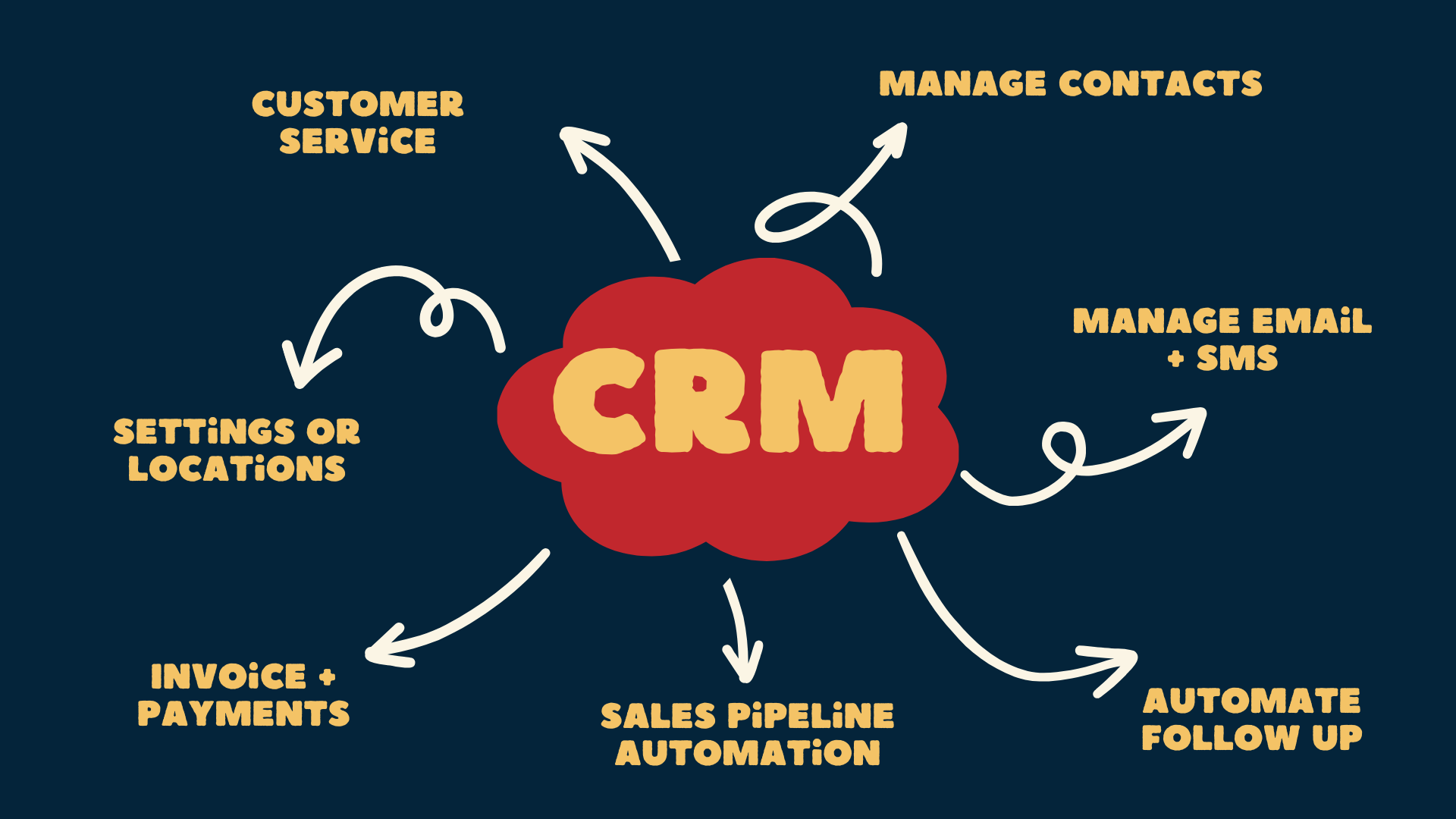Business Operating Systems: How CRM Platforms Can Power Enterprise Growth
Discover how CRM platforms serve as powerful business operating systems that streamline enterprise processes, enhance customer engagement, and drive sustainable growth.

Business Operating Systems: How CRM Platforms Can Power Enterprise Growth
In an increasingly complex digital marketplace, businesses need more than isolated tools to succeed—they need integrated, scalable solutions that unify people, processes, and technology. This is where business operating systems come in. When built around powerful CRM platforms, these systems can transform how enterprises manage operations, engage with customers, and accelerate growth.
Traditionally, CRM systems were seen as tools for managing customer contacts and sales pipelines. Today, however, CRM platforms like Salesforce, HubSpot, and Microsoft Dynamics have evolved into sophisticated business operating systems that underpin enterprise-wide processes. These platforms don’t just organize customer data—they provide the structure, automation, and insights necessary to run entire businesses effectively.
In this article, we’ll explore what a business operating system is, how CRM platforms have grown to fill this role, and how leveraging CRM as your operating system can optimize processes, enhance customer experiences, and drive enterprise-level growth.
What is a Business Operating System?
A business operating system (BOS) is the set of integrated processes, tools, and workflows that a company uses to manage its day-to-day activities and long-term strategy. Unlike isolated software solutions, a BOS connects various departments—sales, marketing, operations, finance, and customer service—into a cohesive ecosystem.
By serving as the foundation for cross-functional collaboration and data-driven decision-making, a business operating system helps enterprises improve productivity, ensure process consistency, and scale operations efficiently.
Modern CRM platforms have become the core of many BOS frameworks because they offer the flexibility, automation, and connectivity required to support growing businesses. By consolidating customer data, streamlining workflows, and integrating with other enterprise systems, CRM-based business operating systems enable companies to function as unified, agile organizations.
CRM Platforms as Business Operating Systems
CRM platforms have evolved from basic customer databases into comprehensive <strong>business operating systems</strong> that power enterprise workflows. These systems now include integrated solutions for.
- Sales Management – Automating sales pipelines, forecasting revenue, and tracking performance in real-time.
- Marketing Automation – Segmenting audiences, managing campaigns, and delivering personalized customer journeys.
- Customer Service Optimization – Centralizing support tickets, improving response times, and enabling proactive service delivery
- Operations and Process Management – Mapping workflows, standardizing processes, and monitoring operational KPIs.
CRM platforms like Salesforce, Microsoft Dynamics, and HubSpot act as unified command centers, providing a 360-degree view of customers and automating key business processes. Through third-party integrations and native modules, these platforms can connect with accounting software, project management tools, ERP systems, and more—enabling seamless information flow across departments.
For enterprises, CRM-powered business operating systems deliver the structure and scalability needed to manage complex customer lifecycles, multi-regional teams, and rapidly expanding product lines.
Benefits of CRM-Driven Business Operating Systems
1. Process Automation and Efficiency
CRM-based operating systems automate manual tasks such as lead assignment, invoice generation, customer follow-ups, and service ticket routing. Automation reduces human error, shortens process cycles, and frees up employees to focus on strategic work that drives growth.
2. Enhanced Customer Experience
<p>By centralizing customer data and enabling real-time visibility across teams, CRM platforms allow businesses to deliver consistent, personalized experiences at every touchpoint. Customers receive faster responses, tailored offers, and seamless interactions, which lead to higher satisfaction and loyalty.</p>
3. Scalability for Enterprise Growth
CRM-driven business operating systems are designed to scale with growing enterprises. They can handle increasing data volumes, accommodate additional users, and support complex, multi-country operations without compromising performance or usability.
4. Data-Driven Decision Making
With advanced reporting dashboards and analytics tools, CRM systems provide leadership teams with actionable insights into sales trends, customer behavior, and operational bottlenecks. This data empowers organizations to make informed decisions that accelerate growth and improve profitability.
5. Cross-Departmental Collaboration
A unified CRM platform eliminates data silos by ensuring all departments access the same real-time information. Marketing, sales, finance, and customer service teams can collaborate more effectively, creating a cohesive and responsive organization.
Enterprise CRM Considerations
When implementing a CRM as your business operating system at the enterprise level, there are several key factors to consider:
Customization: Ensure the platform can adapt to your specific workflows, reporting needs, and organizational structure



